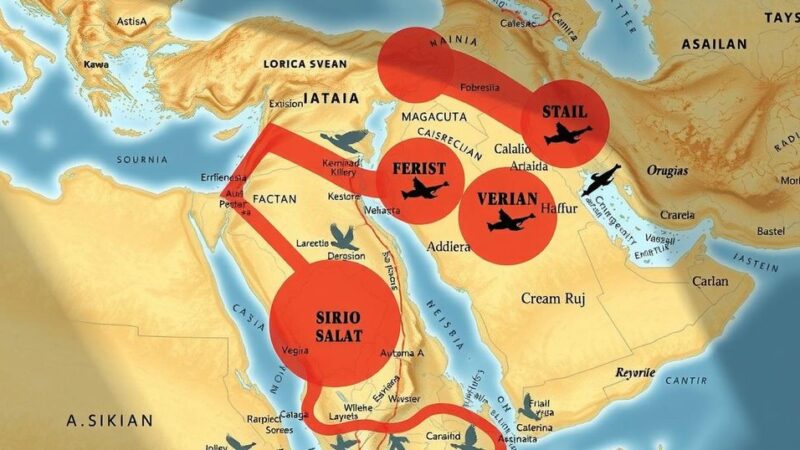Potosí, Bolivia, is unique for allowing public purchase of dynamite, linked to its historical mining practices. The city’s rich history encompasses the exploitation of Cerro Rico’s silver, creating a harsh reality for miners. Spiritual beliefs endure alongside traditions, while life expectancy remains alarmingly low. Cultural practices persist despite the grim working conditions experienced by miners today.
Potosí, Bolivia, is the only location globally where the public can legally purchase dynamite. In an exhilarating tour experience, tourists engage with local miners, observing the detonation of dynamite purchased that day for merely 13 Bolivianos (approximately $2). The tour guide emphasizes the importance of dynamite for efficient mineral extraction, acknowledging its risky nature if mishandled, highlighting the perilous environment of the mines.
Perched at over 4,000 meters (13,000 feet) above sea level, Potosí is one of the highest cities worldwide. This mining city, steeped in history with narrow streets and colonial architecture, has a rich yet tumultuous past tied to the famous Cerro Rico, or “Rich Mountain.” Once renowned for its silver wealth, Potosí is now regarded as one of Bolivia’s poorest regions, as noted by local guide Julio Vera Ayarachi.
The legend of Cerro Rico’s silver deposits began when indigenous prospector Diego Gualpa discovered them in 1545. Major colonial exploitation ensued, transforming Potosí into a lawless, forced labor environment for indigenous workers under oppressive systems. With toxic mining practices introduced, such as mercury use, it became known as “The Mountain That Eats Men.”, as described by Kris Lane of Tulane University.
From the 16th century, Potosí flourished, reaching over 200,000 inhabitants and supplying 60% of the world’s silver, fundamentally funding the Spanish Empire. However, as reserves diminished, mining activity shifted primarily to less valuable minerals like tin and zinc, which exacerbated the dangers of existing mine shafts, now presenting heightened risks to miners.
Despite advancements, traditions endure in the mining community, alongside spiritual rituals. The presence of “El Tío,” a horned devil-like effigy, symbolizes polytheistic beliefs where miners offer tributes to seek protection and abundance. Miners also engage in age-old customs, such as llama sacrifices, affirming their continuance of ancient practices amidst the harsh realities of contemporary mining life.
Working conditions for miners are dire, with reported life expectancies of around 40 years due to frequent accidents and illnesses like silicosis. Although the legal working age in Bolivia is 14, young children, sometimes as young as six, still end up in the mines, a grim reality of Bolivia’s socio-economic landscape. Yet, as Kris Lane describes, there is a sense of camaraderie and cultural expression that flourishes among miners, such as during the lively mining carnival that draws many visitors.
Tourists may return to urban comforts after brief forays into the rugged life of miners, but for families in Potosí, harsh daily realities resume and persist.
In conclusion, Potosí embodies a juxtaposition of rich historical significance intertwined with severe socio-economic challenges. The unique ability to purchase dynamite legally adds to the town’s allure, yet it underscores the risks associated with mining practices. Despite the nearly inescapable hardships faced by miners, cultural traditions and rites persist, offering resilience amidst hardship and an enduring connection to their storied past.
Original Source: www.koamnewsnow.com






